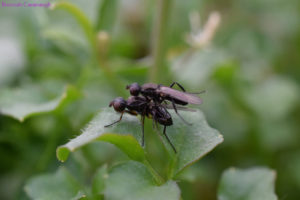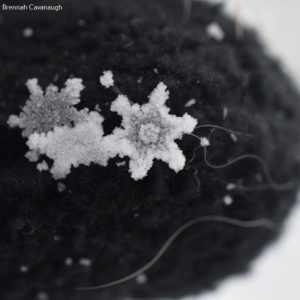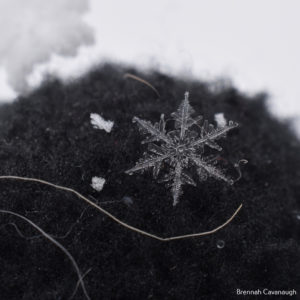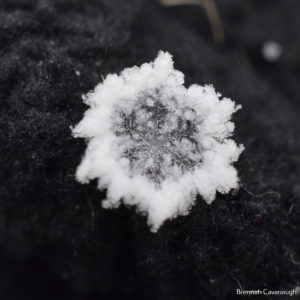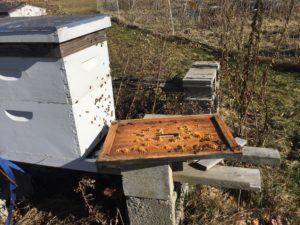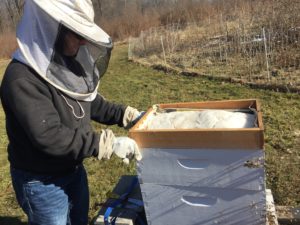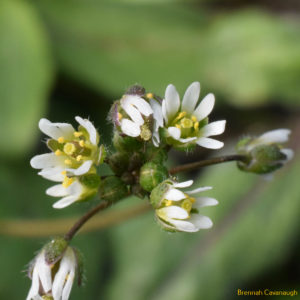
It is getting very close to spring, both by the calendar and otherwise. But in the hoophouse, it is already spring. To be specific, I’d say it is around the beginning of April in there. The hoophouse is unheated, so it goes through seasonal temperature cycles just like the rest of the landscape, but it goes through somewhat different temperature cycles. It tends to warm up quicker during the day, especially if it is sunny (on sunny days the temperature difference can be extreme, but there are louvres that open automatically at a set temperature to moderate extremes). At night, though, it can get almost as cold as outside (but at least it is sheltered from wind and snow).

The fact that it isn’t just consistently a little bit warmer inside the hoophouse seems like it would make estimating the equivalent season difficult, if not impossible. But I realized, a couple years ago now, that I don’t have to figure it out; the weeds growing in the hoophouse had already done that. Because of my ‘photojournaling’ observations, I had pictures of when different plants flowered, or went to seed or fruited (or even just when they started coming up). So all I had to do was look at what the plants were doing, and see when they had been in the same stage outside in previous years.
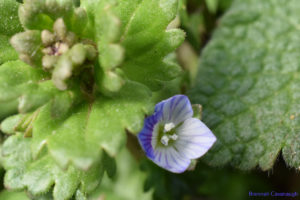
At first, I wondered if the results would be consistent. Would all the individual observations, taken together, all point to the same time frame? Or would different plants handle the seemingly non-equivalent conditions in different ways? But it turned out they did all point to the same time frame. So, I figured, if the plants in the hoophouse were doing what they would do in March (for example), I could plant crops that would be planted outside in March in this area, and they should do well. That has seemed to work pretty well, and gave a method to follow for figuring out when to plant what in the spring even when we were new at growing in a hoophouse.
